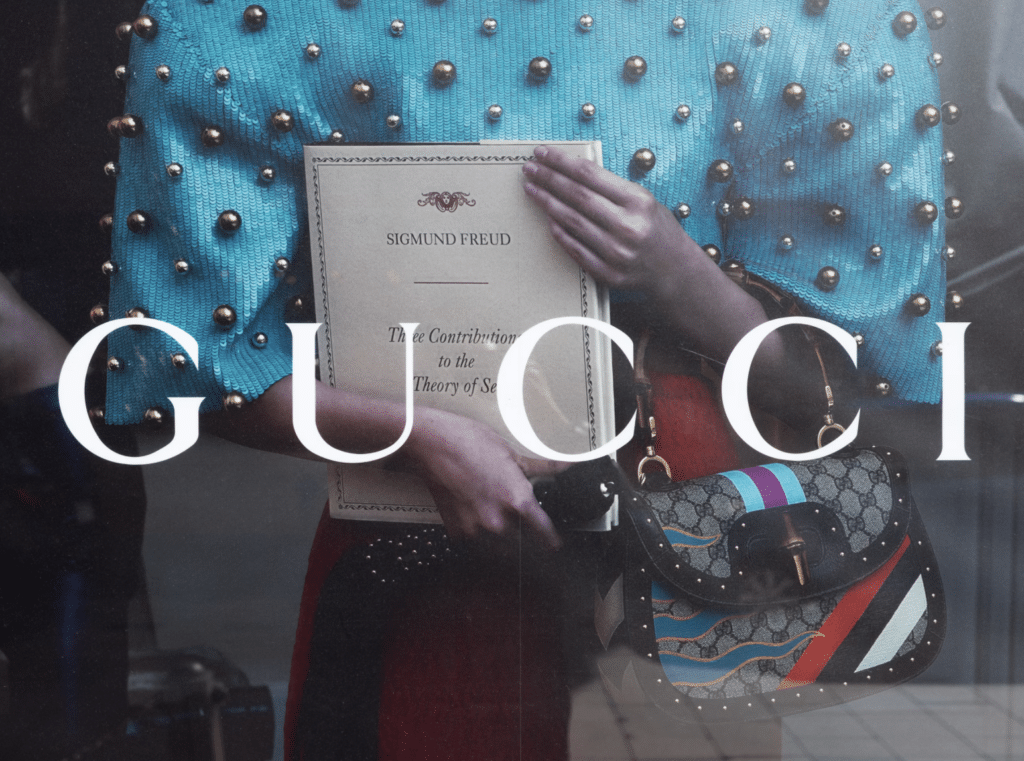
image: adidas
Adidas may be in the sportswear business, but when it comes to its 3-stripe trademark, or any trademarks that look anything like it, the German brand is not playing games. That is why adidas has been busy facing off against Forever 21 in the U.S., which called the company a “bully” that is “well known for aggressively enforcing its perceived trademark rights” against any others using stripes on their garments and footwear. The German sportswear giant has also been locked in a bitter years-long battle over stripes in the European Union, as well.
In much the same way as it took on Tesla’s 3-stripe trademark, among others, adidas initiated trademark opposition proceedings against Belgian footwear company Shoe Branding Europe BVBA (“Shoe Branding”) alleging that two of Shoe Branding’s pending European Union trademark applications – both of which consisted of a 2-stripe design – are “confusingly similar” to its well-known 3-stripe trademark. As a result of such similarity, adidas demanded that the trademarks not be granted registration status in the EU.

The case has proven to be far from an easy and quick win. The European Union Intellectual Property Office (“EUIPO”)’s Opposition Division sided with Shoe Branding. The higher-up Second Board of Appeal also ruled in favor of Shoe Branding, holding that adidas’ 3-stripe trademark does not bear sufficient source-identifying properties. The Board of Appeal also stated that there is “no reason to believe that consumers would assume that [adidas’] three lines are primarily intended to denote a connection with a specific provider of clothing, footwear and headgear products.”
Unsatisfied with those rulings, adidas took the matter before the European Union General Court, which held in May 2015 (almost five years after adidas first filed the trademark oppositions) that Shoe Branding’s 2-stripe trademarks were likely to confuse consumers as to the source of its sneakers, the central inquiry in a trademark infringement matter. In short: Consumers are likely to think that Shoe Branding’s 2-striped sneakers were made or endorsed by or affiliated with adidas when they are not.
Shoe Branding appealed the General Court’s decision to the Court of Justice of the European Union (“CJEU”), the EU’s highest court, alleging that its 2-stripe trademarks have coexisted with adidas’ 3-stripe mark for many decades with no evidence of confusion. As a result, it argued that the General Court’s finding of a likelihood of confusion was incorrect.
Upholding the lower court’s findings in early 2016, the CJEU held that the difference between 2 and 3 stripes was insufficient to affect the similarities between the two sneaker designs under European trademark law. And with that, the case was sent back down to the General Court, which affirmed the EUIPO’s decisions, saying that Shoe Branding’s 2-stripe mark takes unfair advantage of adidas’ famed trademark and the company’s reputation. As a result, Shoe Branding’s trademark applications have been shot down.
The ruling is a win for adidas and a significant one, as it reflects the significant level of protection – or “hyperprotection,” as one intellectual property attorney called it, that could be viewed as giving rise to a monopoly over two and three stripe marks, according to World Trademark Review – that adidas enjoys on connection with its 3-stripe trademark (and any similar marks) in the European Union.
This is Not The End
It is not the end for these two, though. In 2014, in the midst of the 2-stripe v. 3-stripe opposition battle, Shoe Branding initiated a separate proceeding, asking the EUIPO to declare that adidas’ 3-stripe mark is not a valid trademark registration.
Shoe Branding argued in its filing that adidas’ 3-stripe mark – one that consists of three vertical white lines against a black background and applies to “clothing; footwear; headgear” – lacks the distinctiveness and source-identifying character required for trademark protection. And the EUIPO’s Second Board of Appeal agreed, holding that adidas’ 3-stripe mark amounts to mere decoration and lacks “secondary meaning” or “acquired distinctiveness” (aka: the public has not come to associate the mark on its own with a particular producer of the goods).
As a result, the EUIPO ordered that the registration be removed from the EU Trademark Register. Adidas appealed the decision, which is set to go before the General Court this year.
Stay tuned …














